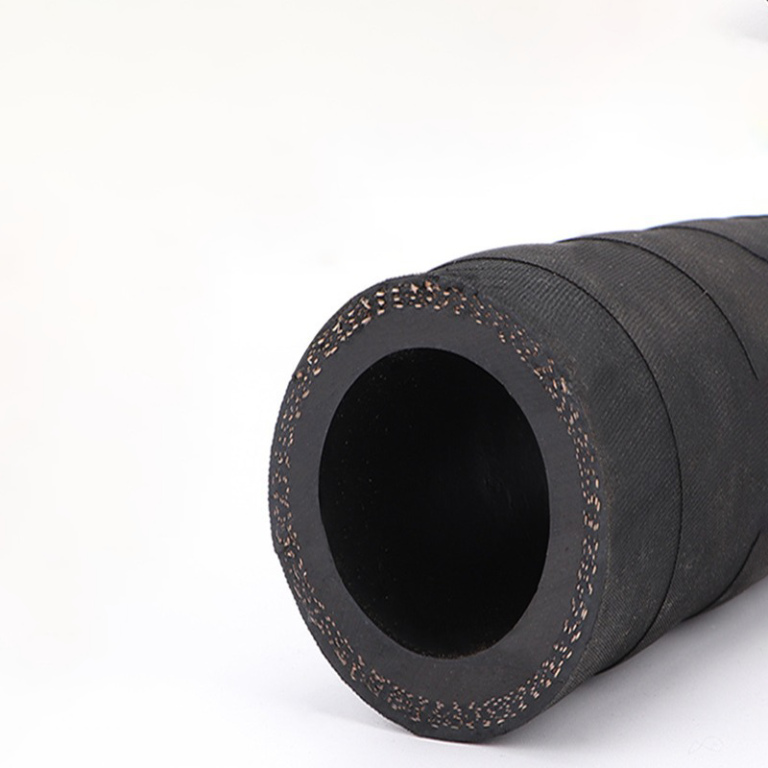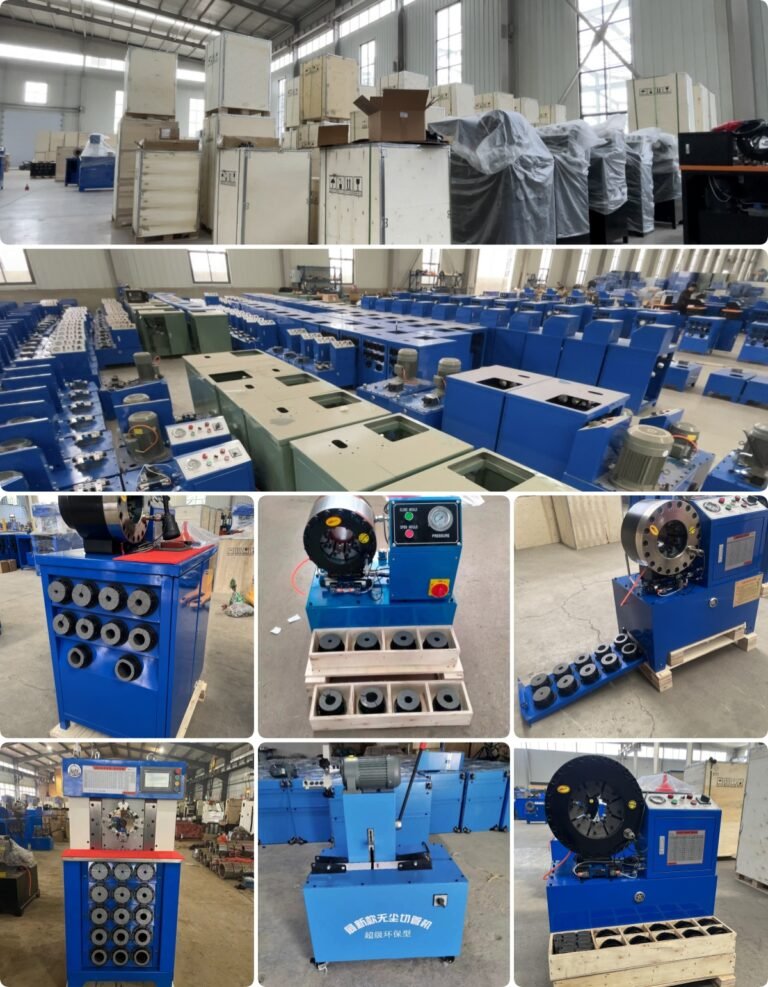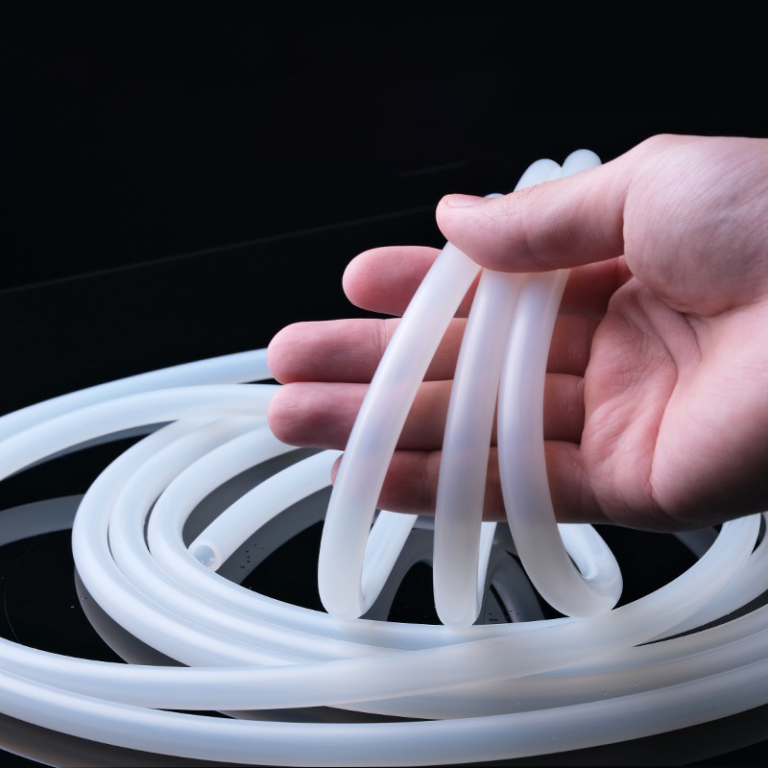Maintenance and safety knowledge
“Can the rubber hose still be used if it gets sticky? How much do you know about safe gas use in summer?”: It points out that the rubber hose generally has a lifespan of only 18 months, and there are risks such as aging, cracking, falling off, and being easily bitten by rats. It is recommended to replace it with a metal hose, and explains the method of judging gas leakage and the precautions for gas safety.
“Specification requirements for rubber hoses and pure rubber hoses for cooling systems”: The definition, classification, and performance requirements of rubber hoses and pure rubber hoses for cooling systems are elaborated in detail, including bursting pressure, bonding strength, low-temperature flexibility, resistance to suction and flattening, and resistance to bending.
“Correct use and maintenance methods of rubber hoses”: Details the inspection points of rubber hoses before, during, and after use, as well as how to correctly install and store rubber hoses, and emphasizes the importance of following product instructions and relevant standards and specifications to ensure the safe and reliable use of rubber hoses and extend their service life.
“Common Faults and Treatment Measures for Rubber Hoses”: Analyzes common faults of rubber hoses such as leakage, rupture, aging, and blockage that may occur during use, and gives corresponding cause analysis and treatment measures for each fault to help users discover and solve problems in a timely manner and ensure the normal operation of rubber hoses.





